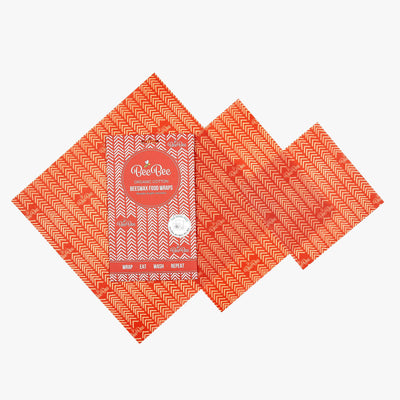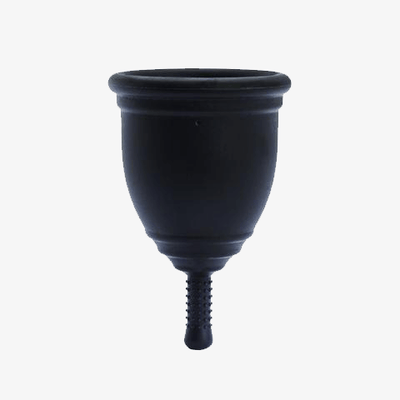Why Our Oceans Are Under Threat And What You Can Do To Help Them
Our oceans are delicate systems that underpin all of life on Earth. They're facing increasing threats from overfishing, climate change, plastic, pollution and development. The good news is it’s not too late to act, there are things we can all do now, big and small, to help protect and repair them.
Why Are Our Oceans Under Threat?
In a nutshell, humans and our actions over 1000's of years. What has previously been deemed progressive and innovative now appears to be damaging and if action is not taken now we face losing everything.
Overfishing
What we see now has become the new norm. This means we struggle to fully contemplate just how much things have changed. There are records of seas and rivers so full of fish that you could almost walk on them. Fishers and anglers report remembering huge schools of fish in rivers and seas. It is also said fish sizes were much bigger. The fishing industry has a short-term focus that is slowly but surely destroying its own survival. They catch as many fish as they can for profit, not caring about the byproduct (e.g. turtles and dolphins) they catch on the way, the huge numbers of wasted dead fish dumped over the side or that they are not leaving enough for the next generation to thrive. Fish stocks have already collapsed in some areas with more predicted to go.
Industrial scale trawling by fishing boats is also a huge issue. Trawlers are dragged across the seabed like a plough, destroying everything in their wake in minutes. Whole habitats and ecosystems vanish this way.
Climate Change
There's no doubt, the biggest victim of climate change is the oceans. On Blue Planet II we saw coral bleaching to our most biodiverse habitats. As average temperatures rise this will increase. Increased ocean acidification is another problem resulting in damage to the shells and skeletons of sea creatures and corals.
The oceans make up 70% of the planet’s surface. This has huge implications for the whole planet if the ocean warms further. Sea levels could rise from melting arctic ice which will permanently flood coastal areas and wetlands causing destruction, loss of habitats and cause some of the population to move further inland. Complex changes in the sea’s chemistry and temperature could have unpredictable impacts on our global weather patterns. The ocean is a huge store of carbon dioxide and heat but it has its limits. As well as attacking life, acidification has the side effect of reducing the flow of sulphur out of the ocean into the atmosphere. This reduces the sea’s ability to reflect solar radiation, resulting in even more global warming.
Plastic and other Pollution
We all know that plastic is a huge problem for our environment, especially our oceans. Plastic makes its way into our seas by getting into our waterways. Once there it gradually breaks down into microplastics which build up in the food chain which creates of toxins. Even before broken down, marine life see often see plastic as food resulting in turtles, fish and birds eating pieces of plastic, sadly resulting in their death. Plastic is a threat to all marine life and ourselves. We live in a throwaway society which results in huge amounts of unnecessary plastic getting into places it shouldn’t.
Toxins, chemicals and drugs also pollute our oceans. This can poison marine life and in turn, ourselves.
Development
Not only do our seas face impacts from our everyday actions but they also suffer with the development of new housing, hotels and resorts. Our coastlines are desirable places to live and visit resulting in developments that destroy wildlife habitats. Things like light pollution have harmful effects on wildlife such as baby turtles who mistake lights for the moon causing them to head inland. Coastlines are also seen as prime places to build power stations such as coal and gas which pollute the nearby sea and coral reefs. Flood management schemes like dredging are also hugely damaging for habitats and wildlife.
How Can We Help Save The Oceans?
- Use Less Plastic - Avoid plastic packaging, opt for glass jars, use biodegradable bin bags, avoid single use plastic like straws or cling film and use reusable shopping bags. Cling Film Alternatives.
- Watch What You Flush - Toilet paper should be the only thing you're flushing (apart from the obvious). No wipes, sanitary products or cotton pads. Where possible use reusable sanitary products. Reusable Sanitary products.
- Pick Up Litter - Where possible, as long as it's safe pick up any stray litter you come across.
- Eat Sustainable Fish - The fish you buy should have the MSC certificate displayed on it. This means you can be sure it's been caught with sustainability in mind.
- Plastic Free Laundry - Microplastics are rife in traditional laundry products. Choose a plastic free option to save plastic being washed down the drain. Plastic free laundry products
- Keep It Natural - Use natural products where you can, especially if it's something you know will be in contact with the water you're sending down the drain such as washing up water. Natural washing up brushes






Leave a comment